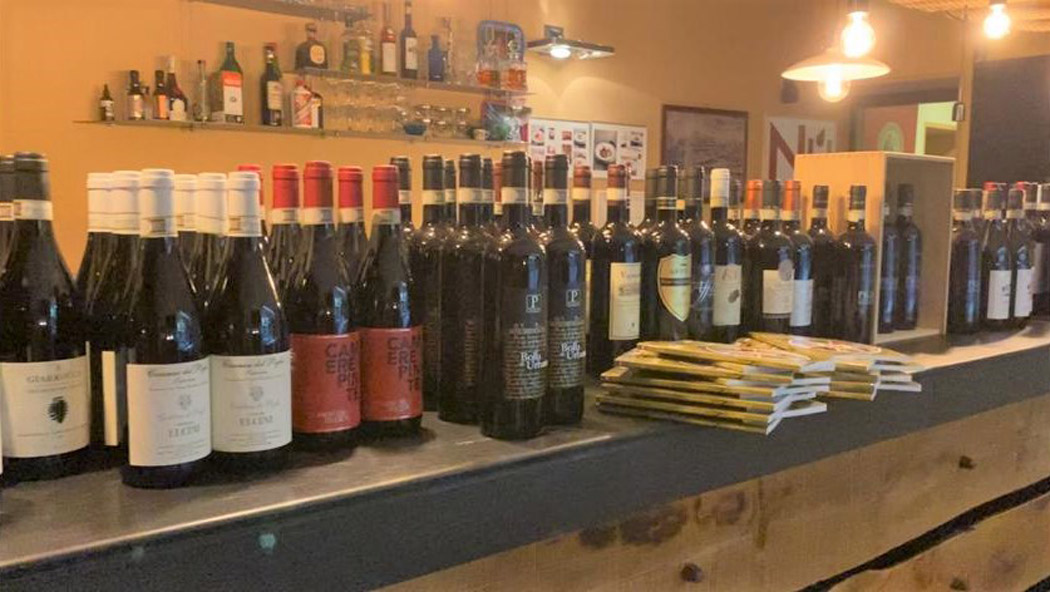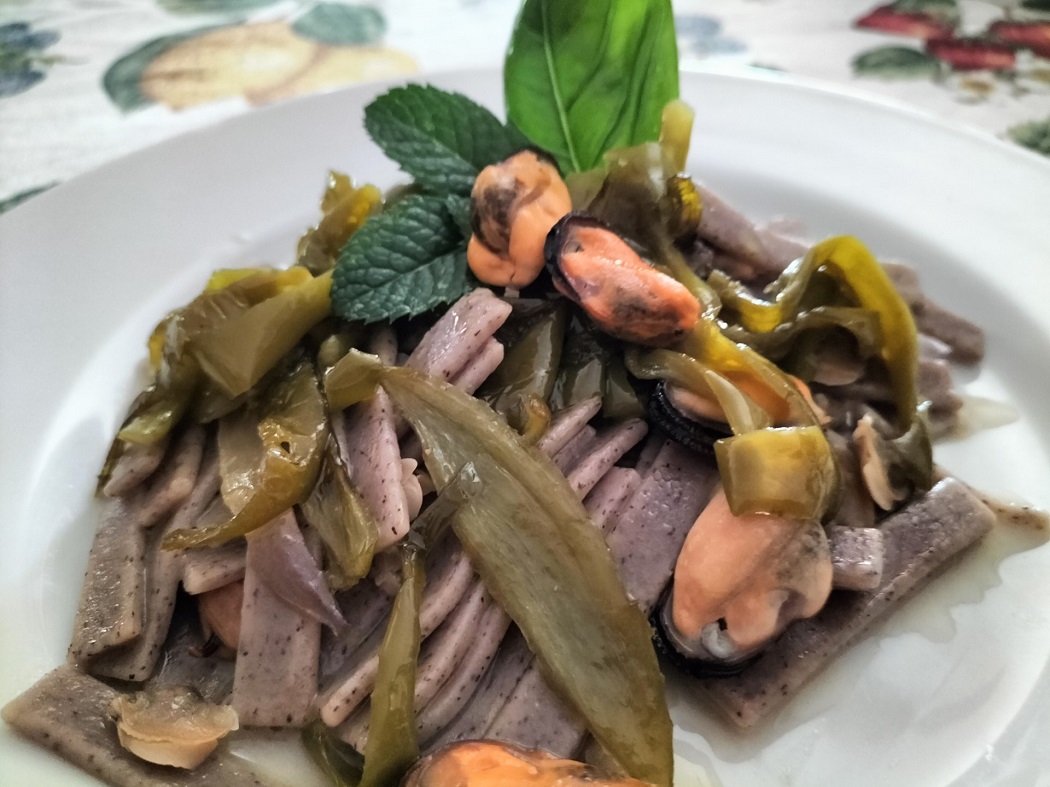For many years, Lazio has been the Cinderella of wines on the Italian scene, but the revenge has begun.
Perhaps because the tourists from Rome absorbed all the production or perhaps because we live in a region where tourists flocked to us and we didn't have to go looking for them, producers from Lazio were anesthetized for years.
But perhaps all of Italy had become lazy in the face of its beauty and its food and wine diversity. We have taken for granted that we have some firsts and we have not evolved in the culture of promoting our businesses in Italy and abroad.
Yet it is known that the great success of French wines has always been selling abroad, and the French have always started marketing by promoting wines with the French lifestyle, first in the royal courts and then down.
Certainly, we have had our wings clipped by a unity of Italy which had erased the secular traditions of the individual pre-unification states, rich in history and culture, to create a new common history.
A process that required time and even pain and which began to bear fruit after the Second World War, but which does not justify our mental laziness towards food and wine culture.
Let's go back to food and wines
We can say that 1986 was the year of the cultural turning point (and therefore of marketing) with the methanol wine scandal which caused 23 deaths and many injuries.
The Italian wine reputation was destroyed, an entire generation of producers ruined and those who wanted to continue producing wines began to study the winning models of other countries.
In 1986, a first form of marketing of Italian food and wine culture was born in an original way with Gambero Rosso, initially a supplement to the Manifesto, and ARCI Gola, which in 1989 will change its name to Slow Food.
The first Gambero Rosso Italian Wine Guide came out in 1988 and it has always grown so much that today it has come to award 467 wines with Three Glasses.
So, let's say that since 1986 there has been a crescendo of quality that has brought Italy to the top of the world wine rankings.
But we still don't know how to do marketing and we don't promote our territories enough.
Wines and territories
Unlike the French who have few varieties of vines (defined as international and known all over the world), we have many native vines strongly linked to the territories in which they are grown.
Therefore, the link between wine and territory cannot be ignored. The first brand of our wines is the territory that must be told in an exciting and modern way.

Cesanese del Piglio DOCG and Ciociaria
To promote Cesanese wine, the Strada del Cesanese and Salvatore Tassa, a Michelin star from Acuto with his Colline Ciociare, organized a dinner with Marco Sabellico.
Marco is one of the authors of the Gambero Rosso Italian Wine Guide, but he is also a Ciociaro from Alatri (which for me is like the center of the universe and I take every foreign friend to visit its acropolis and cyclopean walls).
Salvatore Tassa's lesson
A great Salvatore Tassa presented the Cesanesi selection of his restaurant and reminded everyone of the pride of living in this wonderful land and of living and working in a magical territory like that of Ciociaria (which for him is the navel of the world!).
“We have a soul that creates a personal and collective identity. We don't know how to communicate it and then sell it to the world. The idea of the Maison del Cesanese, an exhibition of all the Cesanese of the area, was born to be together because we must be united and clash with others. Burgundy Vs Cesanese”.
In his extreme philosophy, Salvatore Tassa became one of the most important chefs in Italy and his 'onion' collided with the dishes of the best chefs, finally becoming an emblem of Italian cuisine. Simple but highly refined in the purity of sensations.
“The same philosophy should guide Cesanese”.
Salvatore encouraged us to be proud of these territories and their flavors so original and identifying: 'At the challenge in Barletta there were 8 Ciociari and we won!
The dinner of Salvatore Tassa's Trattoria Nu
In order to be able to taste the whole (impossible) selection of over 30 types of Cesanese, Salvatore and his family have created a menu that is symbolic of the area. Everyone could then accompany it with a taste of one of the wines, which an expert sommelier opened and left available on a sideboard in a corner of the room.
A variety of production methods, refinement, enological choices that really make Cesanese compete with the great wines of the world.
After a strictly Ciociari cold cuts and cheese platter, the surprise dish was an appetizer of porcini mushrooms with leaves and figs from the tree placed right in front of the restaurant. And a Cesanese Charmat method sparkling wine from Casale della Ioria, practically a few hundred meters from the Nu restaurant.
Then the symbolic dish of the Ciociara tradition, the freshly cut Fini Fini, seasoned with roasted tomatoes, basil leaves and mint. A delight followed by a glazed roast beef and pork ribs.
And finally the closing with the traditional Zuppa Inglese, perhaps one of the other symbols of the traditional parties and weddings of the Ciociaria.
And now, if you don't try to taste at least some Cesanese labels, it means that you haven't understood what the authentic flavor of Ciociaria is.












Follow us